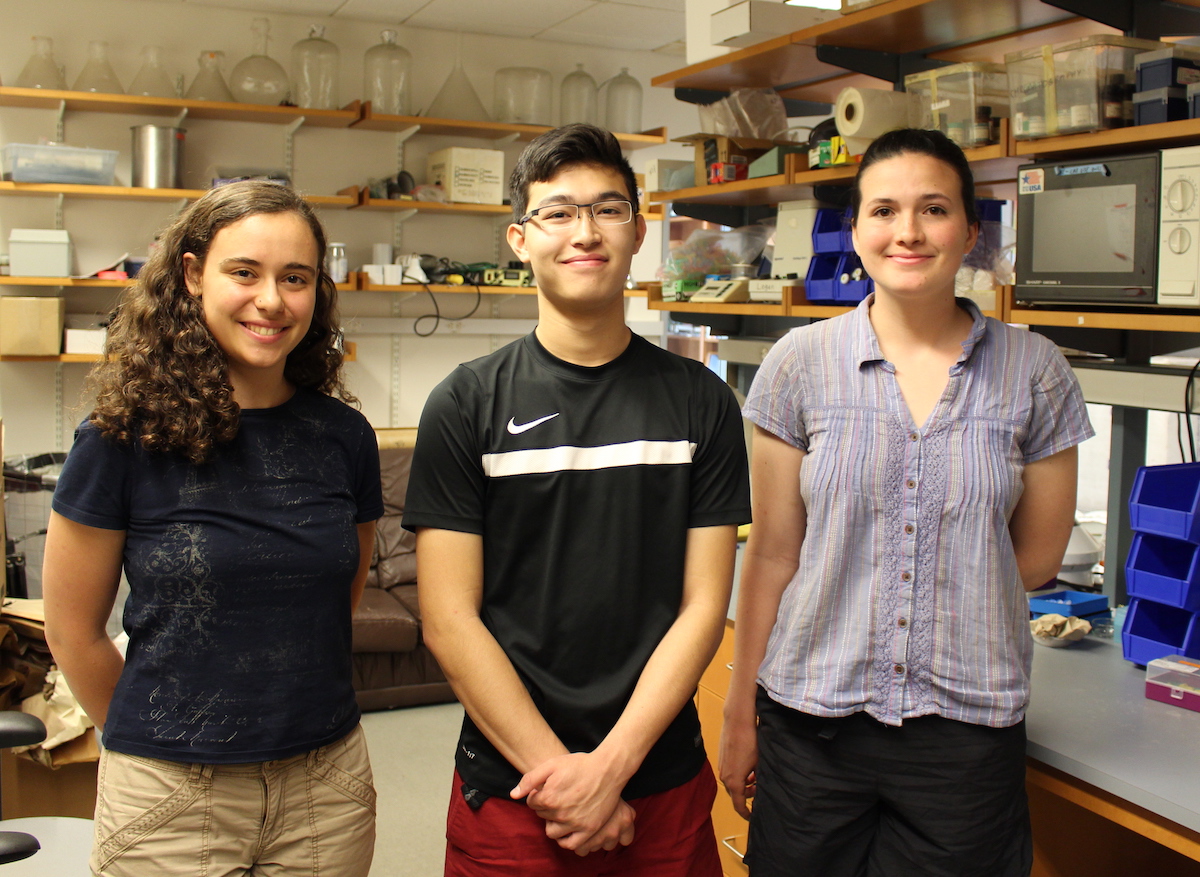How Bowdoin Plant Biologists Are Tracking Forests From Space
By Rebecca GoldfineProfessor of Biology Barry Logan has coauthored a new study that shows how satellites can be used to track the health of whole forests—just from registering the tiny blips of fluorescence released by leaves.
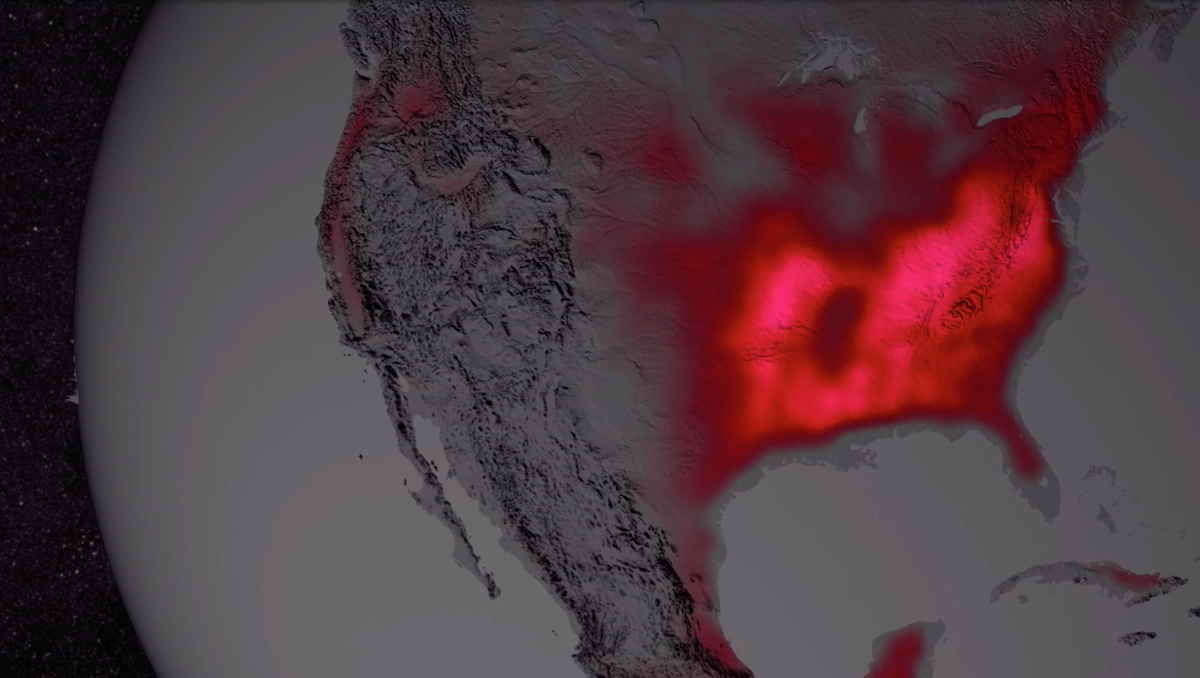
Logan and his collaborators are helping to unlock the potential of satellite technology for monitoring this fluorescent glow—and by extension forest health and productivity. This knowledge will be helpful for climate modelers, and also potentially for forest managers and farmers concerned about drought, disease, or insect infestations stressing trees and crops.
"This is an early moment in figuring out how to do this well, and how it can be useful," Logan said.
Currently, there is no reliable way to measure photosynthesis in real time over a wide area, particularly for evergreen forests. And understanding what is happening to forests around the globe is critical, not least because they act as gigantic carbon dioxide sinks, sucking up one of the primary gases contributing to climate change.
From tree-needle biochemistry to satellite-based observations
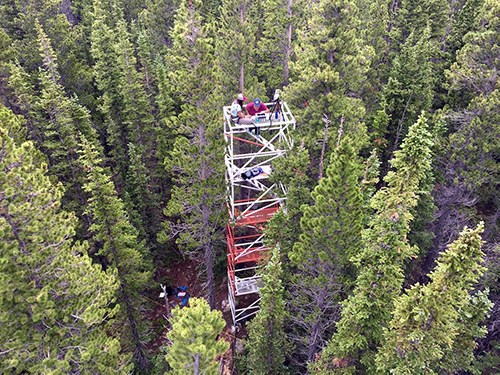
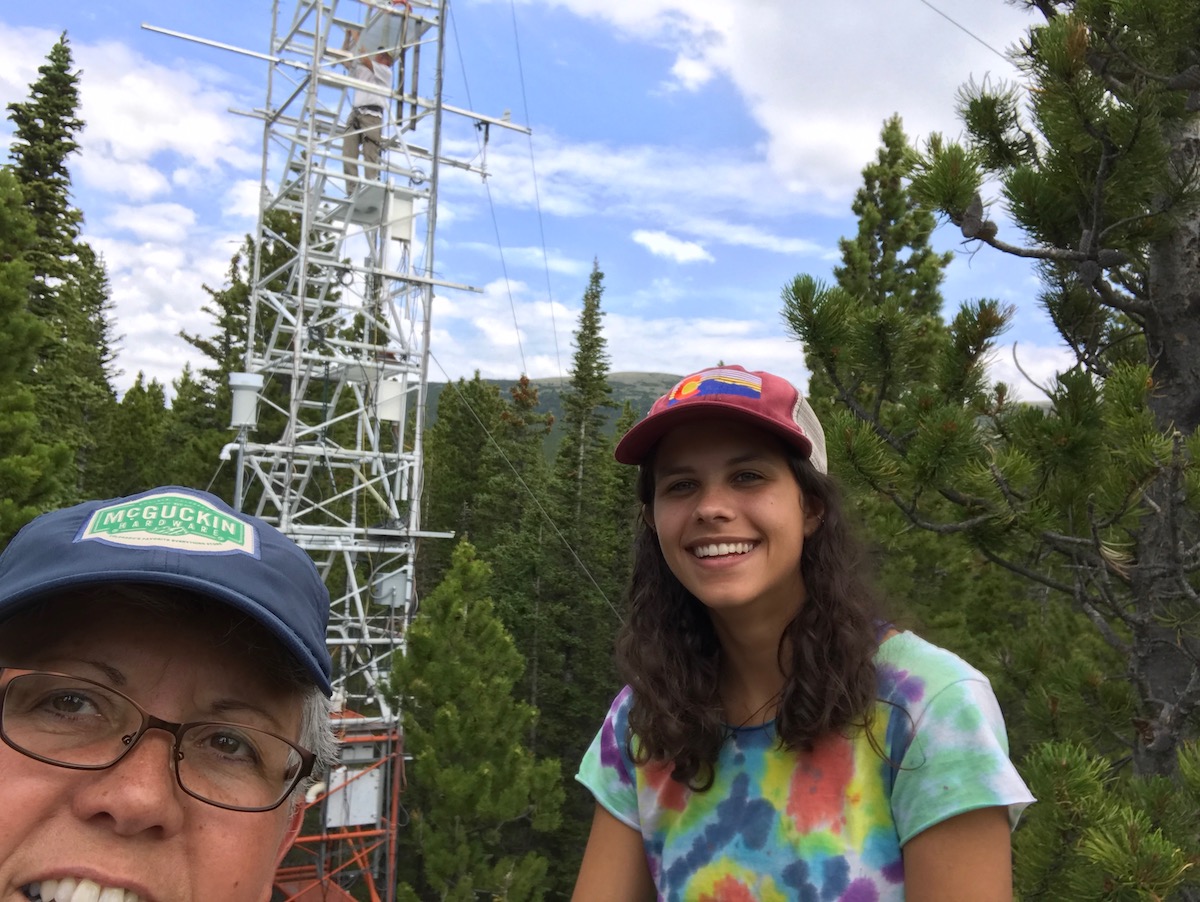
To pull off a research study that links leaf biochemistry to satellite measurements, a group of atmospheric chemists, engineers, and remote sensing scientists joined up with plant physiologists, ecosystem ecologists, and global change biologists. The team of fifteen coauthors—which included Logan and Sofi Lopez ’18 (a recipient of a Langbein summer research fellowship through Bowdoin)—published their findings in Proceedings of the National Academy of Sciences this spring.
The article has received a fair amount of media interest, including coverage by This Green Earth and The Science Times.
"What makes this a satisfying collaboration is that we have needle biochemistry and needle photosynthesis. We have forest-level photosynthesis, forest-level fluorescence, and satellite measurements of fluorescence,” Logan said. "So, we're scaling from needle biochemistry to satellite-based observations, and that is uncommon.”
Lopez said that working on a long-term, intensive research project exposed her to a new way of doing science. "Being able to play a role in a large-scale project and to work with talented researchers from so many institutions was something I had not expected during my time at Bowdoin," she said. "I learned a new way of thinking about the scientific process and the world around us."
To reach their conclusions, the scientists collected measurements over the course of a year in a subalpine conifer forest on Colorado's Niwot Ridge. Comparing these to tower and satellite data, they found that daily and seasonal fluorescence patterns closely matched the timing and magnitude of seasonal changes in total forest productivity.
"We were able to show the value of the fluorescent signal in predicting plant performance," Logan said.
Seeing a forest glow
The fluorescence signal that is critical to the new study is released when chlorophyll absorbs sunlight. When it gets excited, a chlorophyll electron bounces out of a stable orbit to a more distant one—kicking off the complex process of photosynthesis, which is when plants use sunlight to convert carbon dioxide into chemical energy for fuel.
One alternative way the electron can resettle into its original orbit involves the release of a photon, or light particle, in the red and infrared light wavelengths. This blip is called solar-induced fluorescence, and though not visible to the naked eye, it is measurable by spectrometers in far-off satellites.
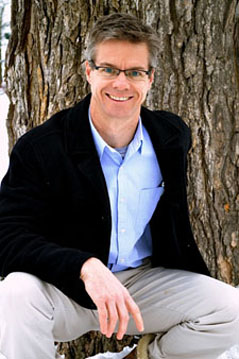
Over the last couple of years, Logan has been establishing research collaborations with scientists working at large environmental scales, to apply his expertise to a broader, more integrative arena of investigation. "I think our brand of whole tree or needle physiology and biochemistry is really complementary to studies people are doing on the landscape scale," he said.
Logan’s team at Bowdoin—which includes lab instructor Jaret Reblin and several former students—contributed their expertise in needle coloration and biochemistry to the project, helping to determine how plants deploy pigments throughout the year to regulate photosynthesis.
While the chlorophyll content remains at a fairly constant level year-round in evergreens, contributing to their consistent greenness and difficulty determining exactly when they are performing photosynthesis, other pigments in their needles increase in the cold winter months. (These pigments are generally masked, but one can see them when evergreens take on a more golden/coppery hue in winter.) Their main job is to sieve off extra sunlight that would have otherwise been used by chlorophyll to conduct photosynthesis. Importantly, they don't release this excess light in photons of fluorescence as chlorophyll does, but rather as heat that satellite technology does not pick up.
When these pigments are present, both photosynthesis and fluorescence decrease, enabling the scientific team to feel confident in the fluorescence signal as a proxy for photosynthesis and carbon dioxide uptake in evergreen forests.
Next steps
The team's findings "set the stage for a lot more analysis," Logan said. "We need more knowledge about what the fluorescence signal tells us mechanistically about how the forest is functioning."
The group has recently received funding from NASA to investigate solar-induced fluorescence and photosynthesis in a boreal forest in Alaska, near Fairbanks. "It's a place that has a harsh winter and is dominated by conifers," Logan said. Yet in some critical ways, it differs from the forest on Niwot Ridge and is representative of the enormous expanse of conifer forest ay high latitudes in North America and Eurasia.
Another line of inquiry Logan and Jaret Reblin are investigating is the direct relationship between fluorescence and photosynthesis. They are exploring this by experimentally inhibiting photosynthesis in the field.
In an effort to develop standards for satellite-based measurements of solar-induced fluorescence, to make it useful anywhere on Earth, Logan is partnering with the researchers at the National Institute of Standards and Technology in Maryland. Two students—Dalia Tabachnik ’21 and David Bombard ’22—are assisting this branch of research. A third undergraduate, Elena Sparrow ’22, will be helping take measurements in Alaska.
All three students have Bowdoin summer research fellowships, giving them a chance to to deepen their studies of a subject and acquire firsthand experience with research. Lopez said that her work with the fluorescence research was hugely valuable to her, and that she is considering graduate studies in plant biology.
"I think back to my first field visit, in the remote Rockies field station—how I was so excited to help figure out how we could best use the instrumentation and brainstorming the best procedure to capture the most information possible," Lopez said. "Within the team, I felt like my voice was valued and as someone who's always been very shy, that greatly impacted how I thought of my future and what I can accomplish."
